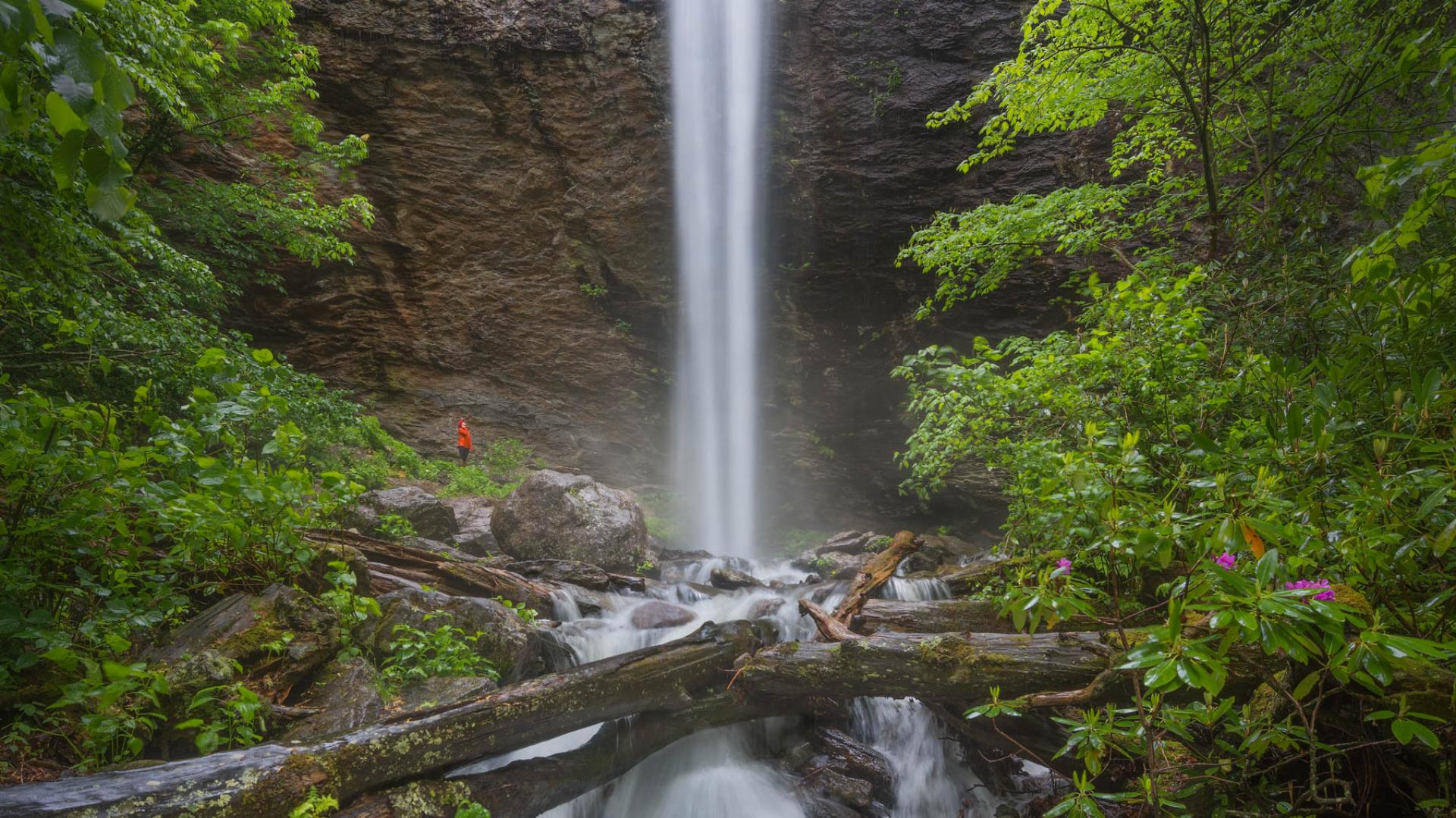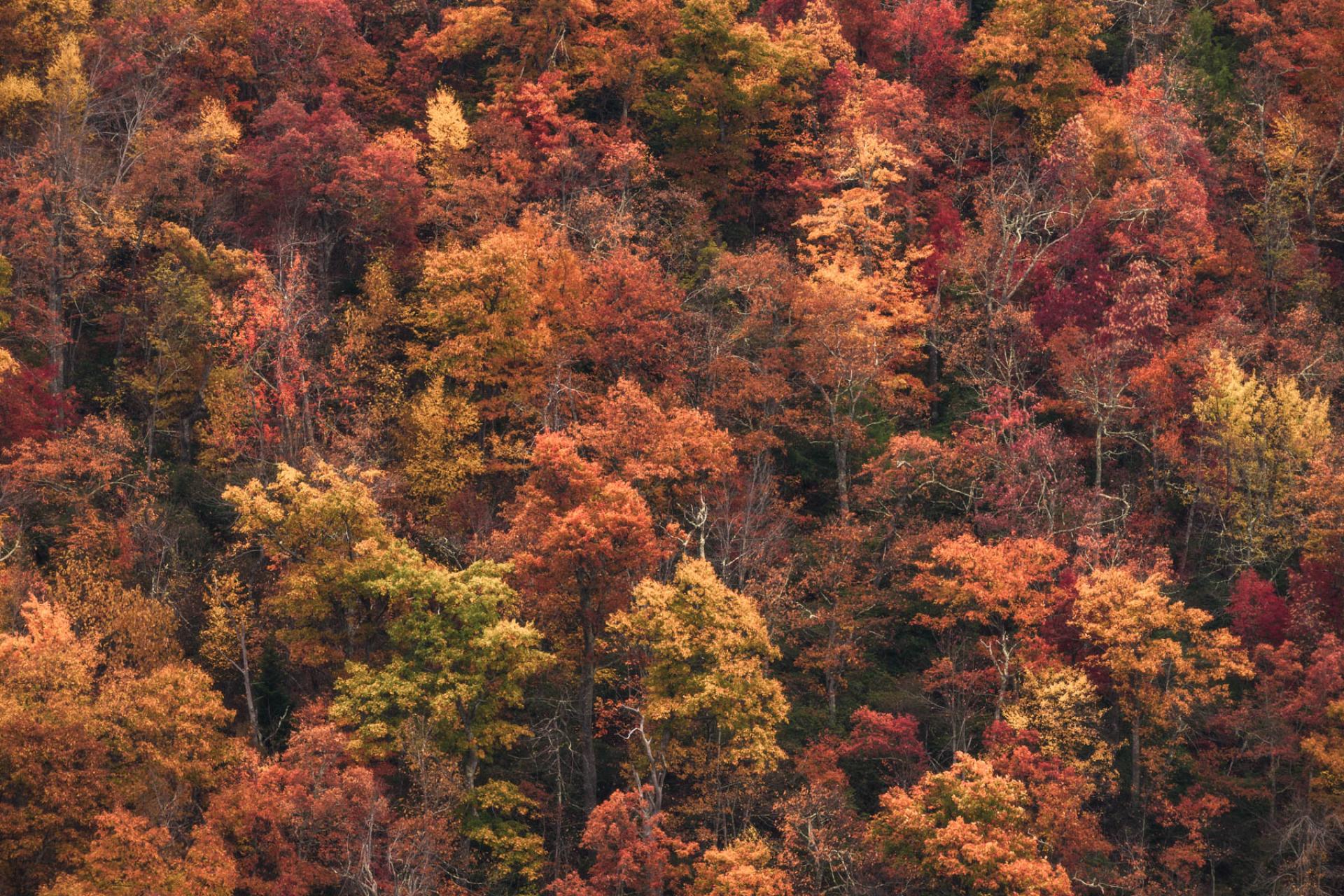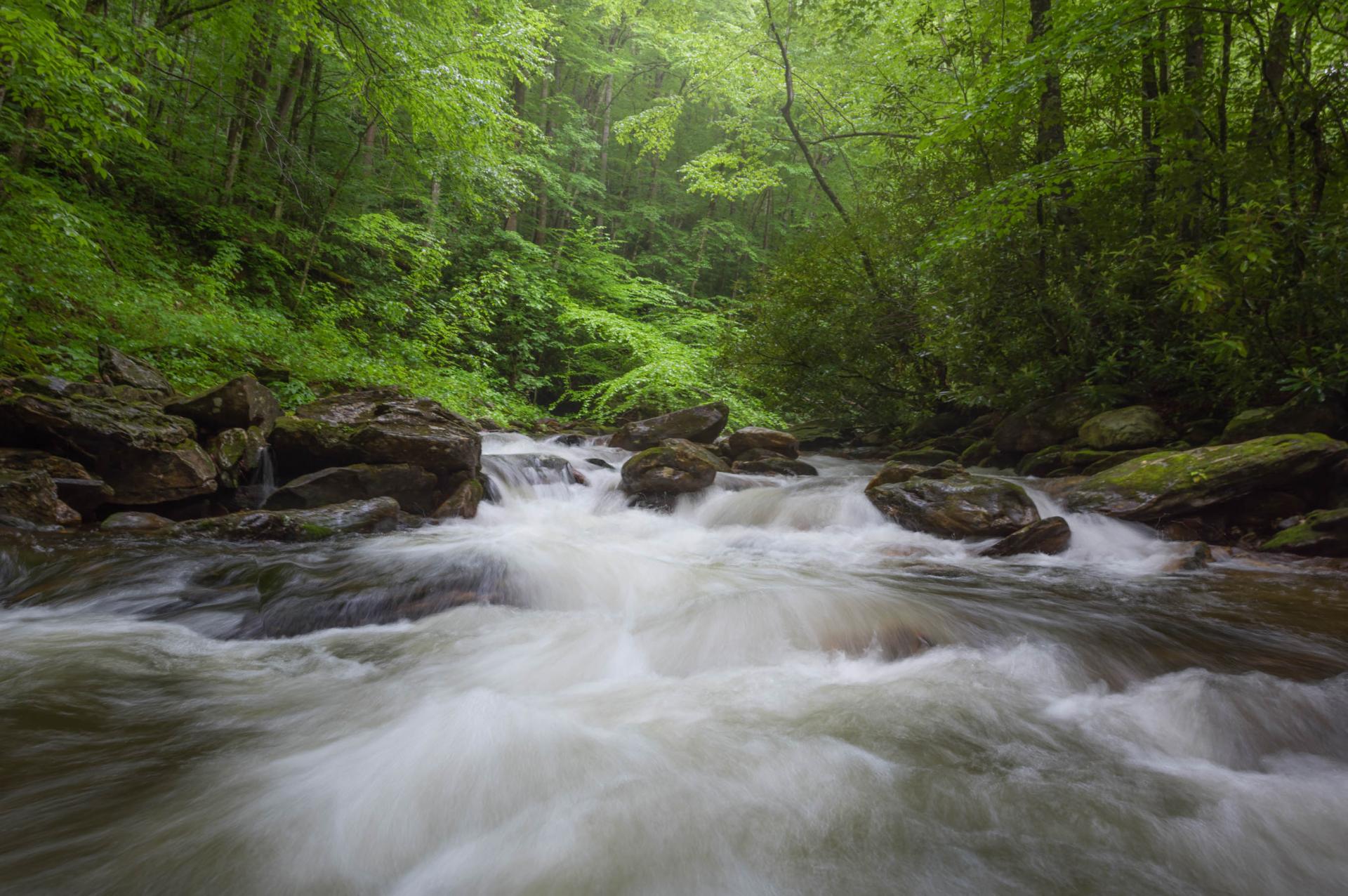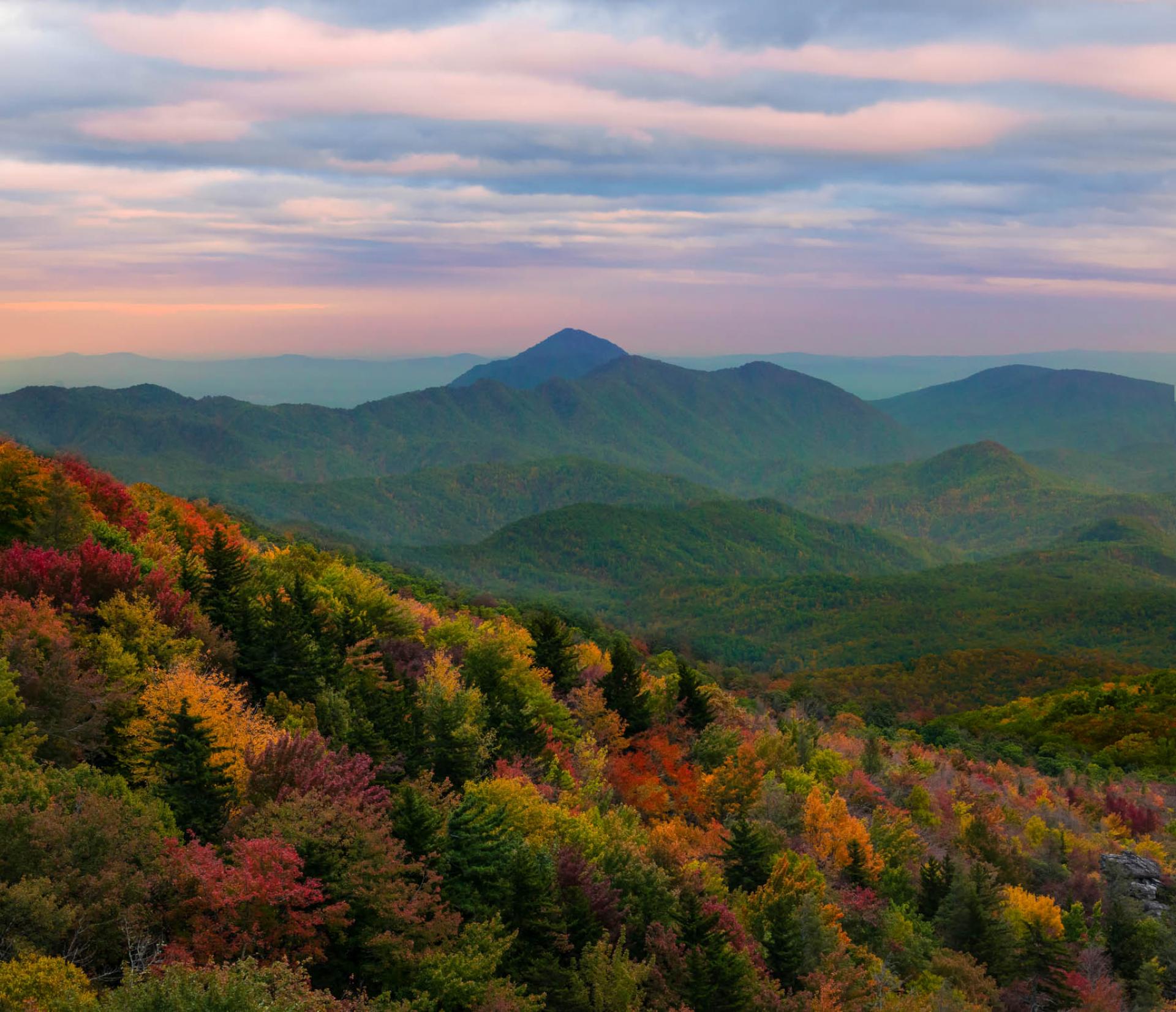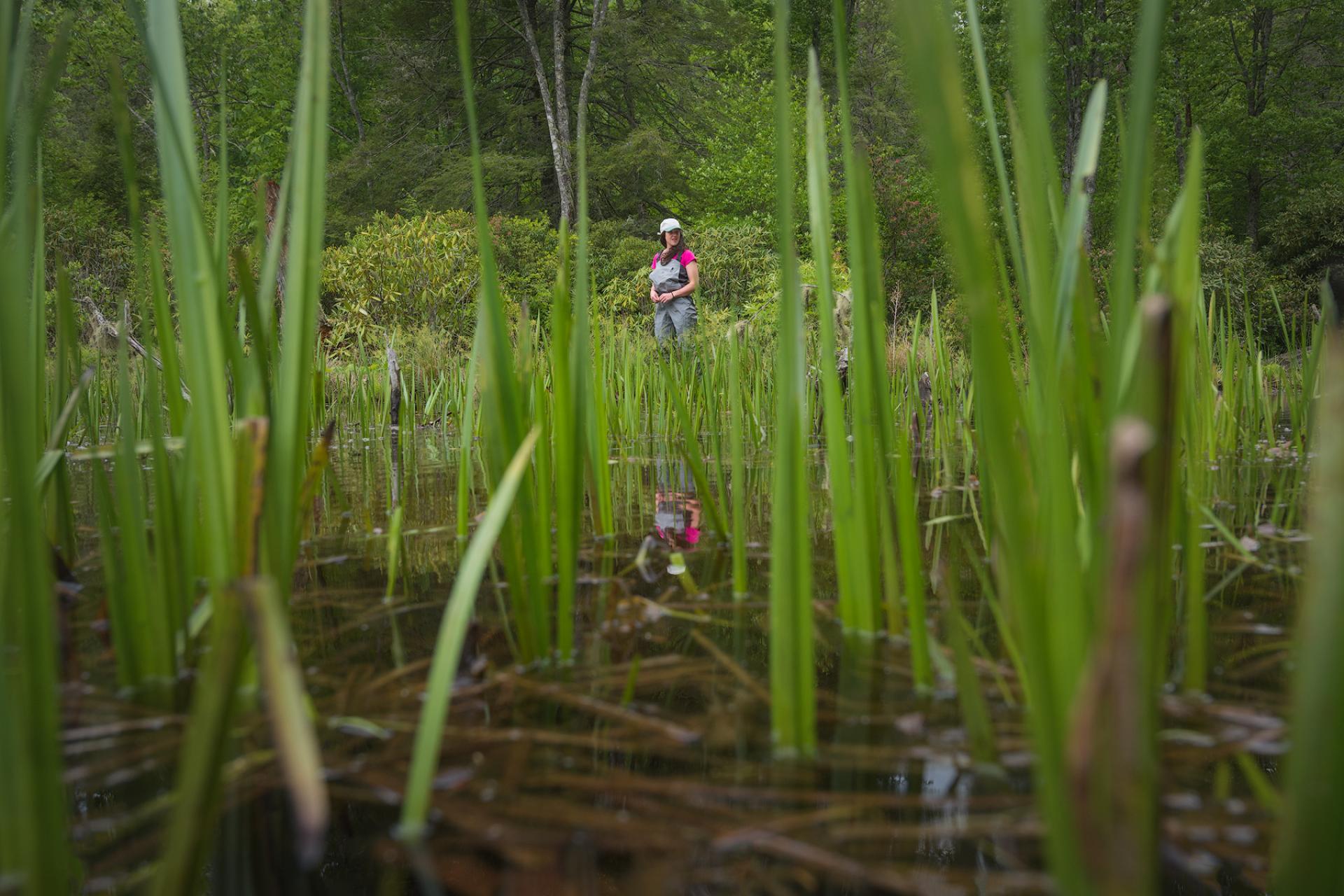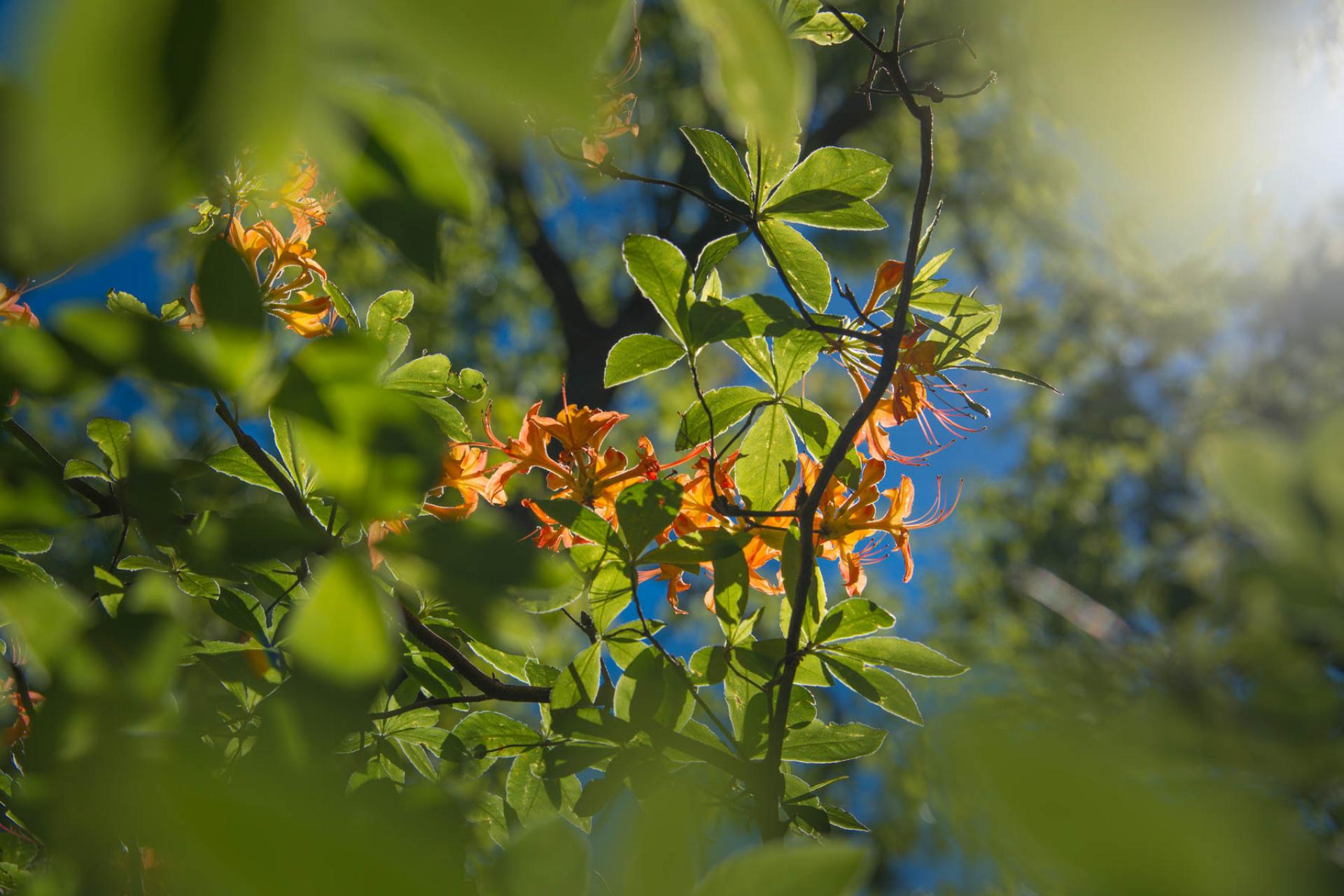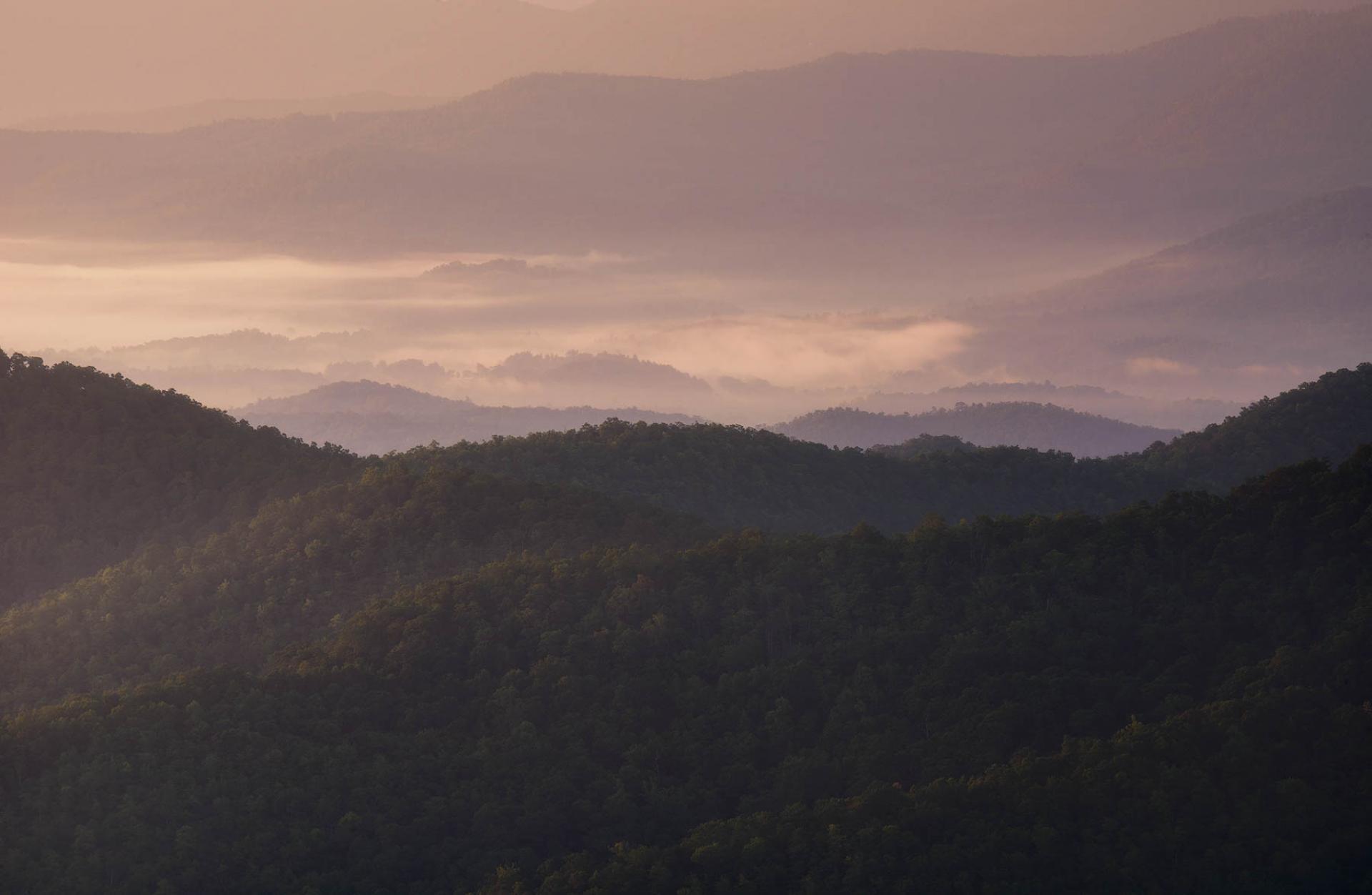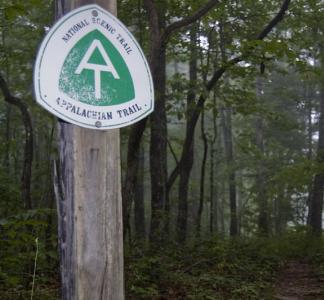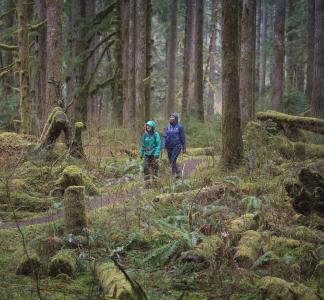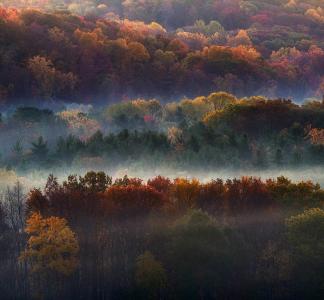Mason Cummings, TWS
An uncertain future for Appalachia’s ancient forests
Big decisions are being made for some of the largest remaining tracts of of old-growth forests and treasured mountains in the eastern United States. The U.S. Forest Service is revising its forest management plans for the Nantahala and Pisgah National Forests in western North Carolina.
These two ancient forests include towering old-growth stands with oaks, hickories, magnolias and tulip poplar, with dozens of other species, idyllic rolling mountains and pristine streams. The choices the Forest Service makes will be profound. They will either create more protection for key areas in these ancient forests or open the door to logging and development in these irreplaceable treasures.
Now is our chance to weigh in with what we think should happen. It’s time to ask the Forest Service for better protections for these forests or we will lose them to degradation and development. Explore our story map to learn about each North Carolina "Mountain Treasure" and take action by sending a comment to the U. S. Forest Service.
From the high ridges of the Unicoi Mountains to the deep fault lines of the Linville Gorge, these forests and mountains hold spectacular scenery and important wildlife habitat. There are 42 areas that we call North Carolina’s Mountain Treasures--places that stand out for special conservation, recreation, scenic and cultural values.
The threat
Logging and road building within the most intact parts of the forest would devastate this North Carolina landscape, while escalating recreation from 5.2 million visitors each year that puts pressure on the Nantahala and Pisgah National Forests.
As the Forest Service revises its current forest management plan, it is now or never for our ancient forests of Appalachia. If we stay silent, the future of this extraordinary ecosystem will include increased commercial logging activity in sensitive and intact places. To shape this plan, the public needs to let the Forest Service know that they want a forest plan with better protections for wilderness and old-growth forests and support for sustainable recreation.
Since 2010, we have collaborated with other stakeholder groups, local communities and federal agencies to create a proposed plan that includes the recommendation of more designated wilderness areas, the government’s highest form of land protection; support for local communities; appropriate forest restoration; and planning for sustainable recreation. Our plan puts an emphasis on safeguarding vulnerable habitat for wildlife like black bears, cerulean warblers and rare salamanders. We are also working to restore forests and ecosystems damaged by poor past management.
Now is the time to act, or the fate of North Carolina’s wildest forests could be one of degradation and disappearance.
What we’re doing
-
Developing solutions
We’re collaborating with a diverse cross-section of public lands interests, from sustainable recreation and cultural heritage to economic development and forest products, to develop recommendations for the Forest Service.
-
Influencing government decisions
We’re advocating for protection of what we call North Carolina’s Mountain Treasures to government agencies and elected officials.
-
Advancing research
We’re conducting and sharing research on the wilderness values of these mountains and forests with the public.
